Syngonium varigated plant is easy care plant as long as you remember to water them. They are low light tolerant houseplants and will grow virtually anywhere in your home. Their leaves display a wide range of colors and patterning, so choose the one that best fits your personality. This tropical, slow-growing plant works well as either a potted or a hanging plant and generally can survive neglect in its care.
Syngonium plants are not just decorative, they have the ability to cleanse the air you, breathe and act as anti-pollutants. These plants can reduce components of indoor air pollution, even volatile organic compounds such as benzene, formaldehyde, toluene, and xylene. They also reduce airborne microbes and increase humidity.
Researchers from NASA and other organizations have approved this plant as an air purifier, and it tops the list. Syngoniums absorb pollutants into their leaves, and the toxins go to the root zone where they are transformed into nutrients for the plant. Houseplants also emit water vapors that help the plant pull polluted air to the roots where the plant converts the toxins to plant food.
Along with Syngonium varigated plant, you can check some other products like Tabletop wood planter.
Syngonium varigated plant
Light
Although these plants are extremely low light tolerant, they will grow faster and maintain their vibrant coloring and markings if grown in medium to bright indirect light. Direct sun will scorch their leaves.
Water
Allow these indoor plants to dry out partially between watering. If left dry for too long the lower leaves will dry up and turn brown. If this happens, soak the soil and let the plant rehydrate.
Temperature
Arrowhead Vines will grow in most household temperatures ranging from 60-80 degrees Fahrenheit. They do not like the temps to drop below 50℉. Keep them away from drafts and doorways during the winter months
Fertilizer
Syngonium varigated plant should be fertilized during the growing season with ½ strength complete liquid fert once a month. Or use a slow release fertilizer or top dress with worm castings or compost in early spring.
Plant Tips
- Try letting these indoor vines grow long and display them as a hanging plant as it matures.
- If you like a compact full plant, then prune the foliage back to maintain its form.

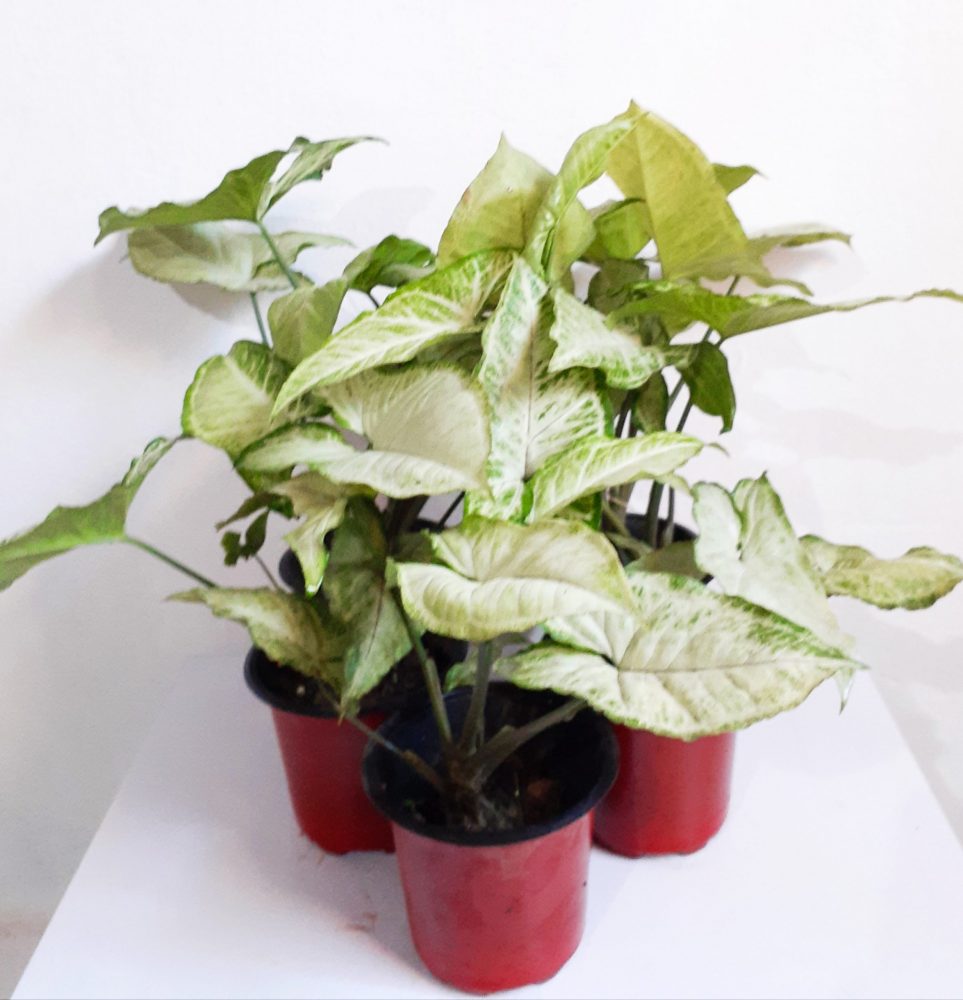
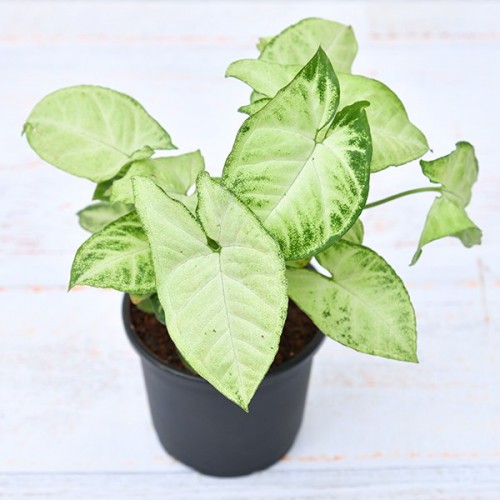
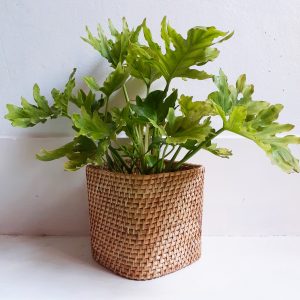
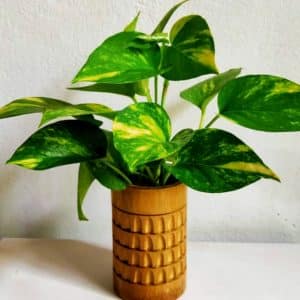
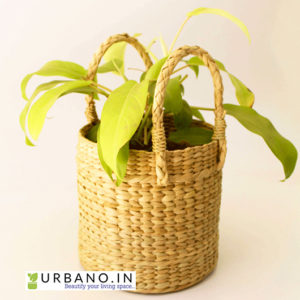
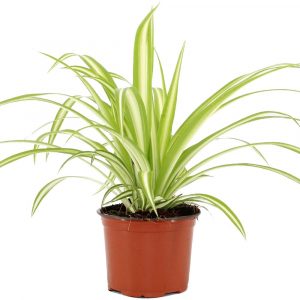
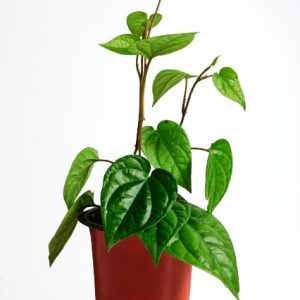
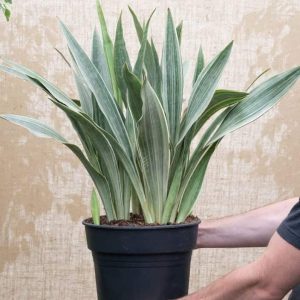
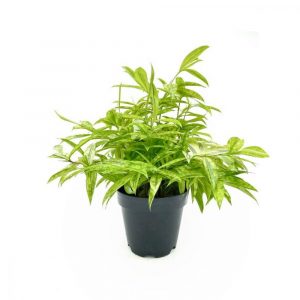
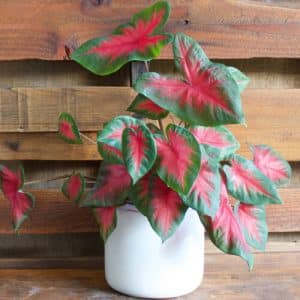
Reviews
There are no reviews yet.